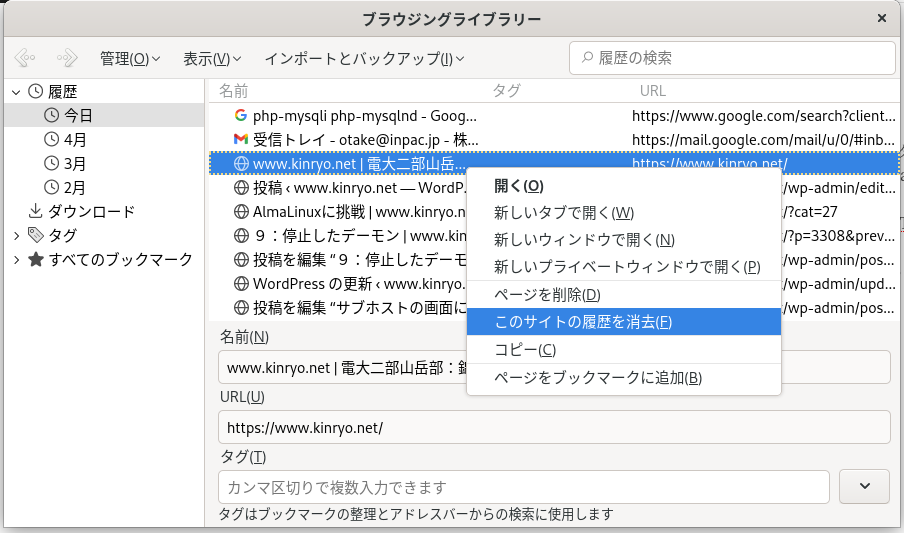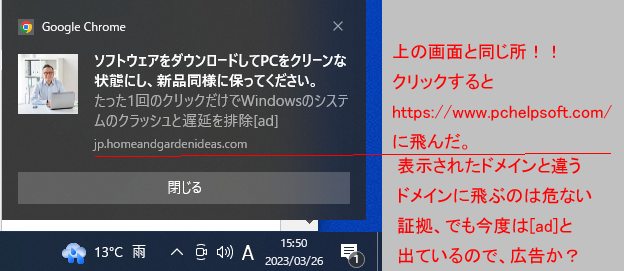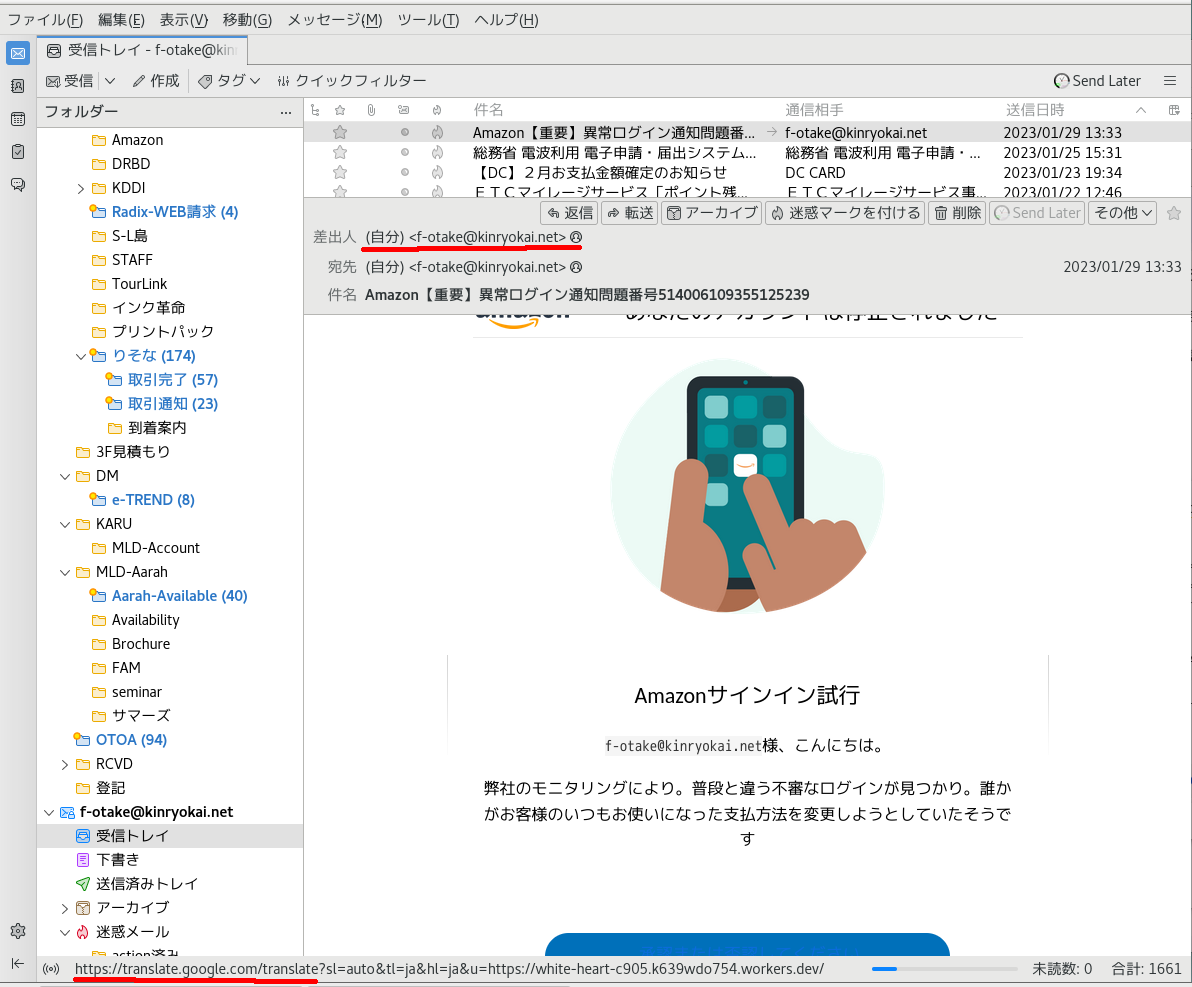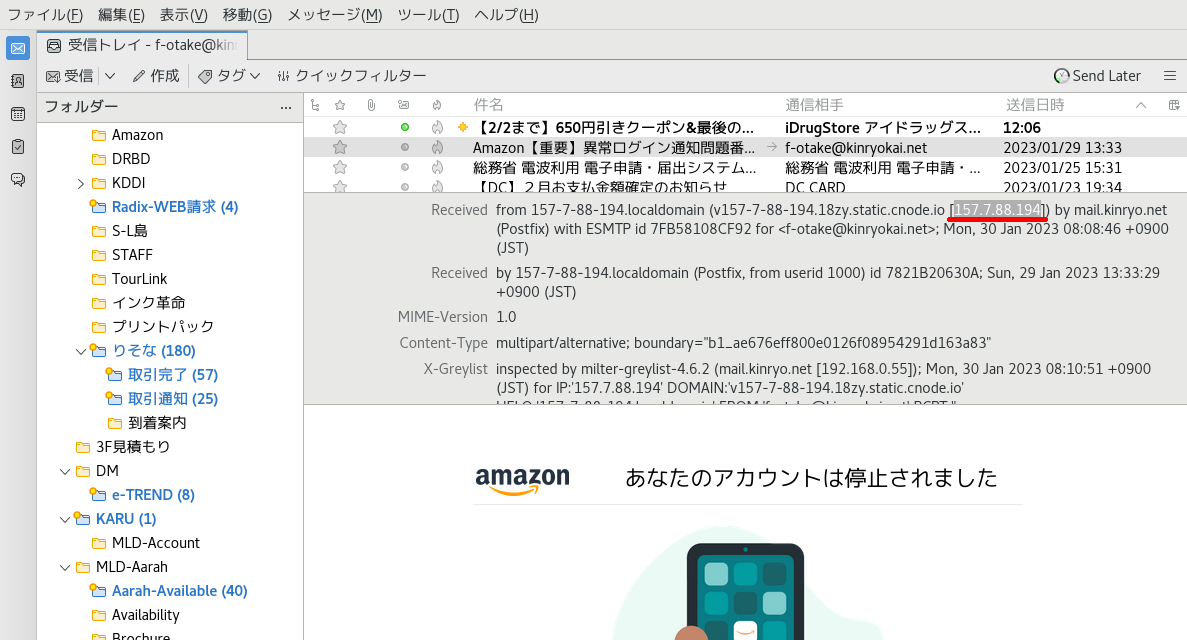これには随分手こずった。と言うのも私はLVMで作った論理領域をrootに割り当てているが、CentOS7ではこの中に更に別の領域を自動的に作ってしまうので非常に複雑になっている。一つのイメージファイルに色々な領域を作って行く分にはいいのだが、私見たいに、一つの領域を全部rootに割り当てる方法だと、これが邪魔くさいが、システムが強引に作るのでどうしようもない!!
愚痴ってても仕方が無いので何とか挑戦。
先ずはサブホストで現状を確認
# df -h
/dev/vda1 15G 7.6G 7.5G 51% / 抜粋
KVMのメインのホスト操作
# lvresize -L 20G(増加した合計の容量) /dev/SubHost/xxx(領域の指定)
# Lvscan で確認
ACTIVE ‘/dev/SubHost/XXX’ [20.00 GiB] inherit 抜粋
後で使用するIDを確認
# virsh list
8 YYYY 実行中 抜粋
# virsh blockresize –path /dev/SubHost/XXX –size 20G 8(ID) 2023-9-3追記:今日やったらエラーになった(原因不明)なので別の方法
# virsh blocksize YYYY /dev/SubHost/XXX 20G
ブロックデバイス ‘/dev/SubHost/XXX’ の容量が変更されました
# parted /dev/SubHost/XXX
(parted) p
モデル: Linux device-mapper (linear) (dm)
ディスク /dev/dm-0: 21.5GB
セクタサイズ (論理/物理): 512B/512B
パーティションテーブル: msdos
ディスクフラグ:
番号 開始 終了 サイズ タイプ ファイルシステム フラグ
1 1049kB 16.1GB 16.1GB primary xfs boot
(parted) resizepart 1 21.5G
(parted) p
番号 開始 終了 サイズ タイプ ファイルシステム フラグ 抜粋
1 1049kB 21.5GB 21.5GB primary xfs boot
ここで再びサブホストで作業
領域のサイズを確認
# parted /dev/vda
(parted) p
モデル: Virtio Block Device (virtblk)
ディスク /dev/vda: 21.5GB
セクタサイズ (論理/物理): 512B/512B
パーティションテーブル: msdos
ディスクフラグ:
番号 開始 終了 サイズ タイプ ファイルシステム フラグ
1 1049kB 21.5GB 21.5GB primary xfs boot
partedを終了し、増やした領域をXFSでフォーマット
# xfs_growfs /dev/vda1
結果の表示は省略
# df -h
/dev/vda1 15G 7.6G 7.5G 51% / 抜粋
あれー増えてない。
再起動してみる
再び
# df -h
/dev/vda1 15G 7.6G 7.5G 51% / 抜粋
アレー同じまま、増えていない。
もう一度
# xfs_growfs /dev/vda1
そして、
# df -h
/dev/vda1 20G 7.5G 13G 38% / 抜粋
アレー、増えている。
再起動後に xfs_growfs をしなくてはいけないのか??
2023-9-3 追記:やっぱり再起動をしてからxfs_growfsをやらないといけない。
兎も角増えたので、良しとする







